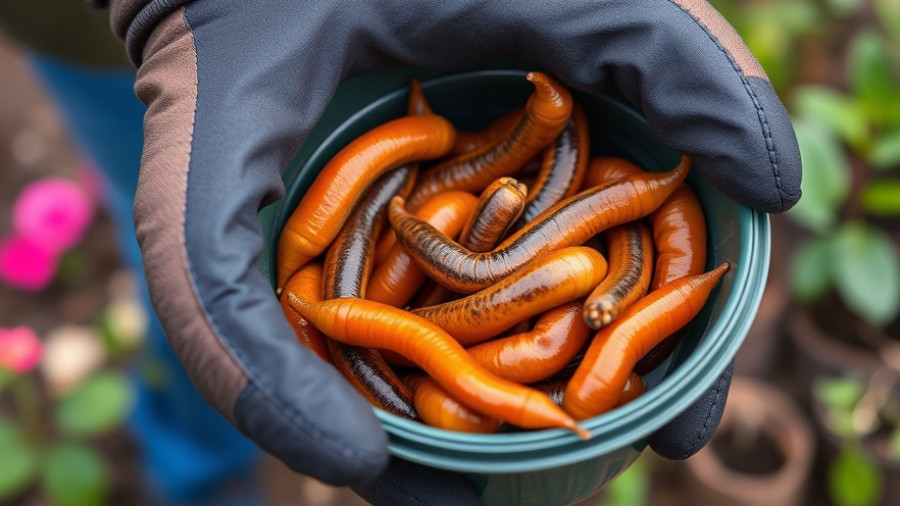
Discover Arizona’s Native Treasures for Sustainable Homesteading
The allure of the Southwestern ecoregion has drawn many towards its breathtaking landscapes, serving as a haven for artists, outdoor lovers, and those ready to dive into the fulfilling life of homesteading. A central part of this quest is understanding the native desert species that can thrive in these unique environments, fostering an ecosystem that benefits both the individual and the wider environment.
Understanding the Concept of Ecoregions
Before we explore which plants and animals are your best allies in Southwestern homesteading, let’s define what an ecoregion is. An ecoregion refers to a large geographical area characterized by unique assemblages of flora, fauna, climate, and geography. Within each ecoregion are smaller ecosystems, culminating in microhabitats rich with specific life forms. By recognizing and working with these natural systems, homesteaders can cultivate their landscapes with greater sustainability and success.
Meet the Keystone Players: Joshua Tree
The Joshua Tree (Yucca brevifolia), a striking representation of the Mojave Desert, is not only a beautiful addition to any landscape but also serves vital ecological roles. Often viewed as peculiar in form, with limbs reaching skyward in various directions, these yuccas are integral in supporting the desert’s biodiversity. As a keystone species, they provide food and shelter to wildlife, serving as a habitat for birds, insects, and mammals.
Why Incorporating Joshua Trees Matters for Your Homestead
By adding Joshua Trees to your property, you can enhance your homestead’s ecological health. They help create vital microclimates with their shade, fostering conditions beneficial for other plants and wildlife. Beyond its ecological significance, Native Americans historically relied on the Joshua Tree’s edible seeds and fibers, showcasing its long-standing value to human life.
Growing Joshua Trees on Your Homestead
If you’re considering adding Joshua Trees to your landscape, ensure you check your elevation, as these trees thrive between 2,000 and 6,000 feet. The soil must be well-drained and naturally dry, making rocky or sandy locales ideal. As this plant thrives in arid climates with ample sunlight, it requires little intervention once established, epitomizing a low-maintenance addition to your sustainable living efforts.
Embrace the Icon: Saguaro Cactus
While Joshua Trees characterize the Mojave Desert, the towering Saguaro Cactus (Carnegiea gigantea) is the defining feature of the Sonoran Desert. Recognized by their recognizable arms extending upward, Saguaros represent both the grandeur of the desert and the interdependence within the ecological web. Their uniform growth lends structure to the environment, making them essential for the surrounding wildlife.
The Value of Saguaros to Your Homestead Ecosystem
The ecological importance of Saguaros in your homestead cannot be overstated. As a keystone species, they not only support birds and mammals but also serve as a cultural symbol for many communities in the desert. Integrating Saguaros into your homestead not only beautifies your surroundings but also fortifies your ecosystem, promoting biodiversity and offering incredible opportunities for ecological education.
Conclusion: The Benefits of Choosing Native Species
In the quest for sustainable living, homesteaders should prioritize native plants like the Joshua Tree and Saguaro Cactus. By fostering these admirable species, you not only cultivate a beautiful landscape but also enable the continuation of vital ecological relationships that underpin the desert environment. Learn to appreciate the lessons and the life these plants embody, and embrace the opportunity to create a thriving homestead in harmony with nature.
 Add Row
Add Row  Add
Add 




Write A Comment